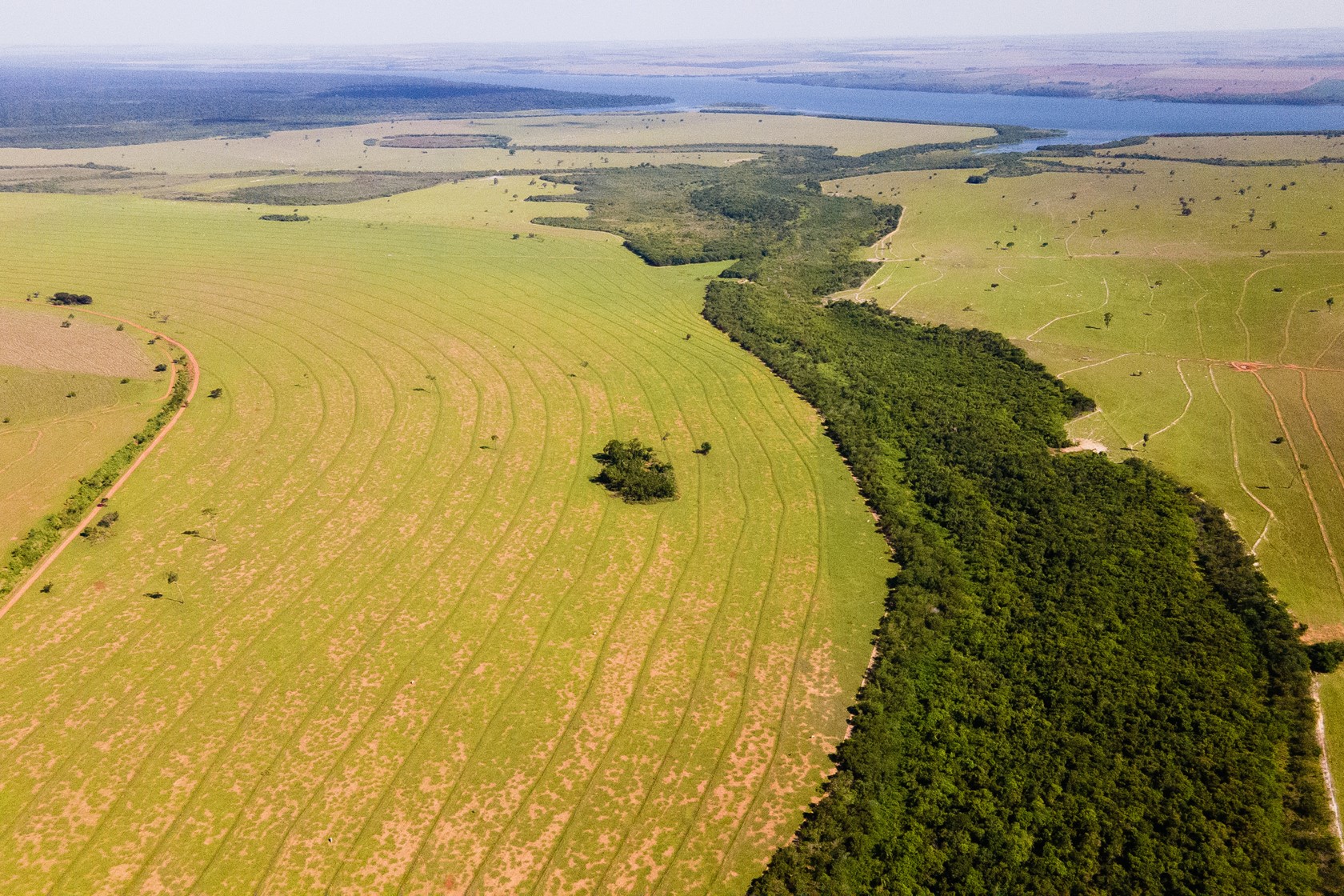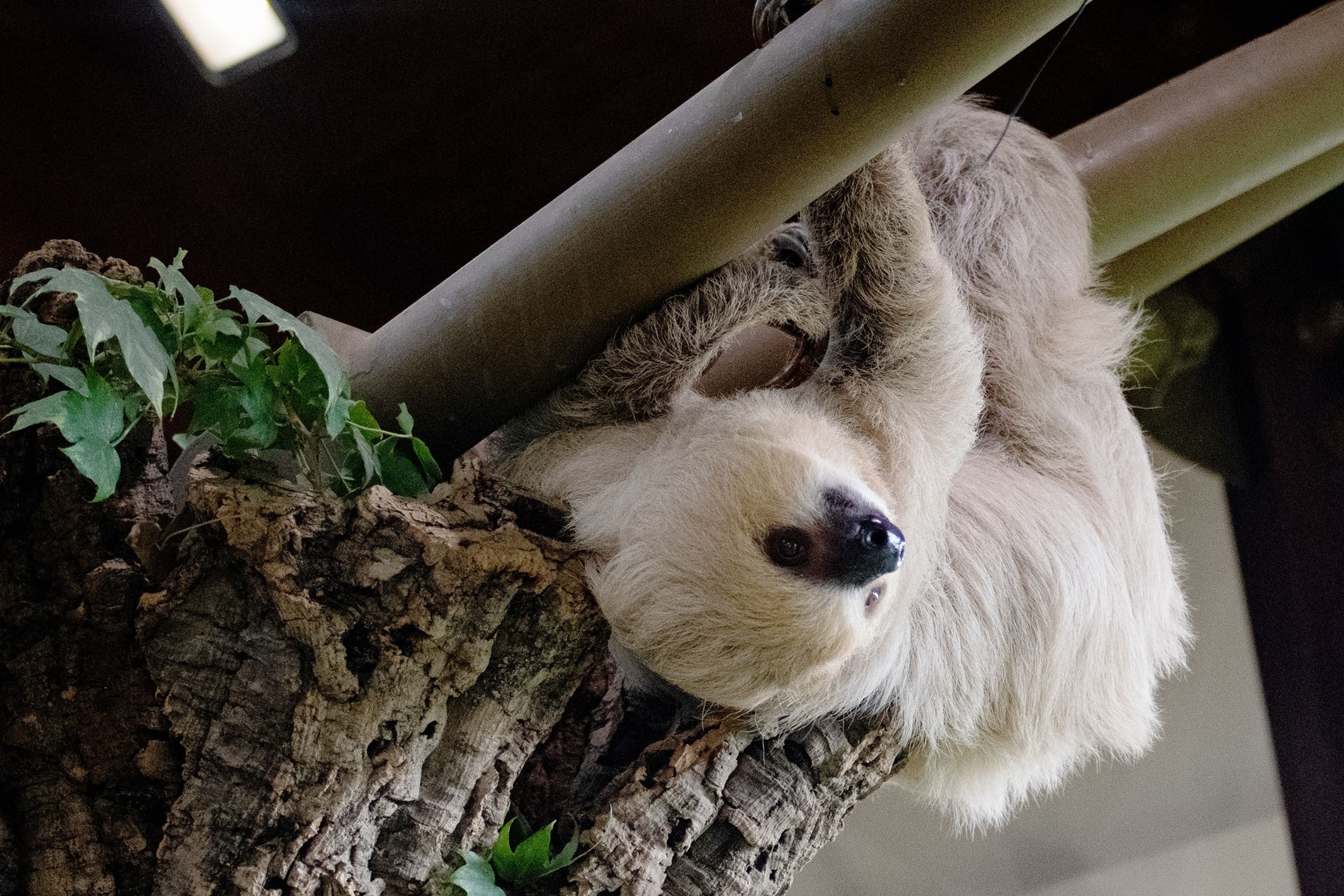
To celebrate 30 years of the Pygmy Hog Conservation Programme (PHCP), which aims to restore wild populations of the world’s smallest pig, follow Jersey Zoo’s Curator of Mammals, Ben Matthews, on his recent trip to meet the pygmy hog and the team dedicated to saving it.
Two pursuits ran consistently throughout my childhood: one was a yearning to visit zoos, to see strange and unusual animals and understand the science of captive animal management, and the other was acquiring new books. Occasionally, I managed both in one day.
One such day was in 1999, when I purchased Quest for New Animals by David Alderton from the Regent’s Park gift shop, with hard earned lawn mowing money, following a birthday visit to London Zoo.
The car ride home afforded me a good hour and a half to pour over my new acquisition, and I remember vividly reading for the first time about the Vu Quang ox (or saola), Madagascan serpent eagles, king cheetah and of course, on page 19, the pygmy hog.
Fast forward 25 years, and I found myself on a plane to India, about to see firsthand the Pygmy Hog Conservation Programme, working for the zoo one of my boyhood heroes founded, quietly confident that the nine-year-old me in the Regent’s Park gift shop, counting out fifty pence pieces, would have been really pleased.
Once thought to be extinct, the world's smallest pig is also one of the most threatened mammals on Earth. Found only in the tall grasslands of Assam in India, the pygmy hog was rediscovered in 1971 when a group was found sheltering from a grassland fire in a neighbouring tea plantation.
Since then, Durrell has been working in Assam to save pygmy hogs from extinction through captive breeding and release programmes and grassland restoration and management.

In November 2024, Deputy Curator of Mammals, Georgia Gotts and I were fortunate enough to spend eleven days in India, hosted by Dr Parag Deka and his team, visiting both pygmy hog centres, and seeing the wild habitat of the species.
Parag, Director of Durrell's India Programme and of the PHCP, has dedicated his career to saving pygmy hogs. I do not mind saying that I was slightly star struck meeting Parag, having followed his work for most of my career, the chance to spend so much time with him and his team was invaluable and hugely enjoyable.
During the visit, we were lucky enough to spend time shadowing the team at the Basistha Centre, observing daily routines, and understanding the realities of African swine fever, which is such a deadly threat to pygmy hogs. Engagement with local communities has proven to be key to help mitigate risk, notably by explaining the risk and offering practical solutions.

We were also fortunate enough to visit the Orang National Park, one of the few places in the world wild pygmy hog exist. It was interesting to learn about the grassland management, and it was a sobering reminder of how delicate the world we live in is; a move to redirect a river or plant trees will eventually affect the wider environment.
The nest of a pygmy hog is incredibly poignant and offers good analogy for the trip in general. To fully appreciate the pygmy hog, you really do need to see the effort and dexterity which goes into their intricately weaved grass nests, keeping the pigs warm and dry, as well as shady in the midday sun, the knowledge of this delicate weave passed down from generation to generation, refined over time.
Just like a pygmy hog nest, all we do at Durrell is intrinsically woven together and relies on multiple layers working in collaboration. As Parag and I discussed in depth, we rely on passing on knowledge and sharing information.
We can learn so much from these tiny pigs, and I return from India inspired and especially proud to be part of Durrell.
This article was originally printed in the Jersey Evening Post on Friday 21 February.

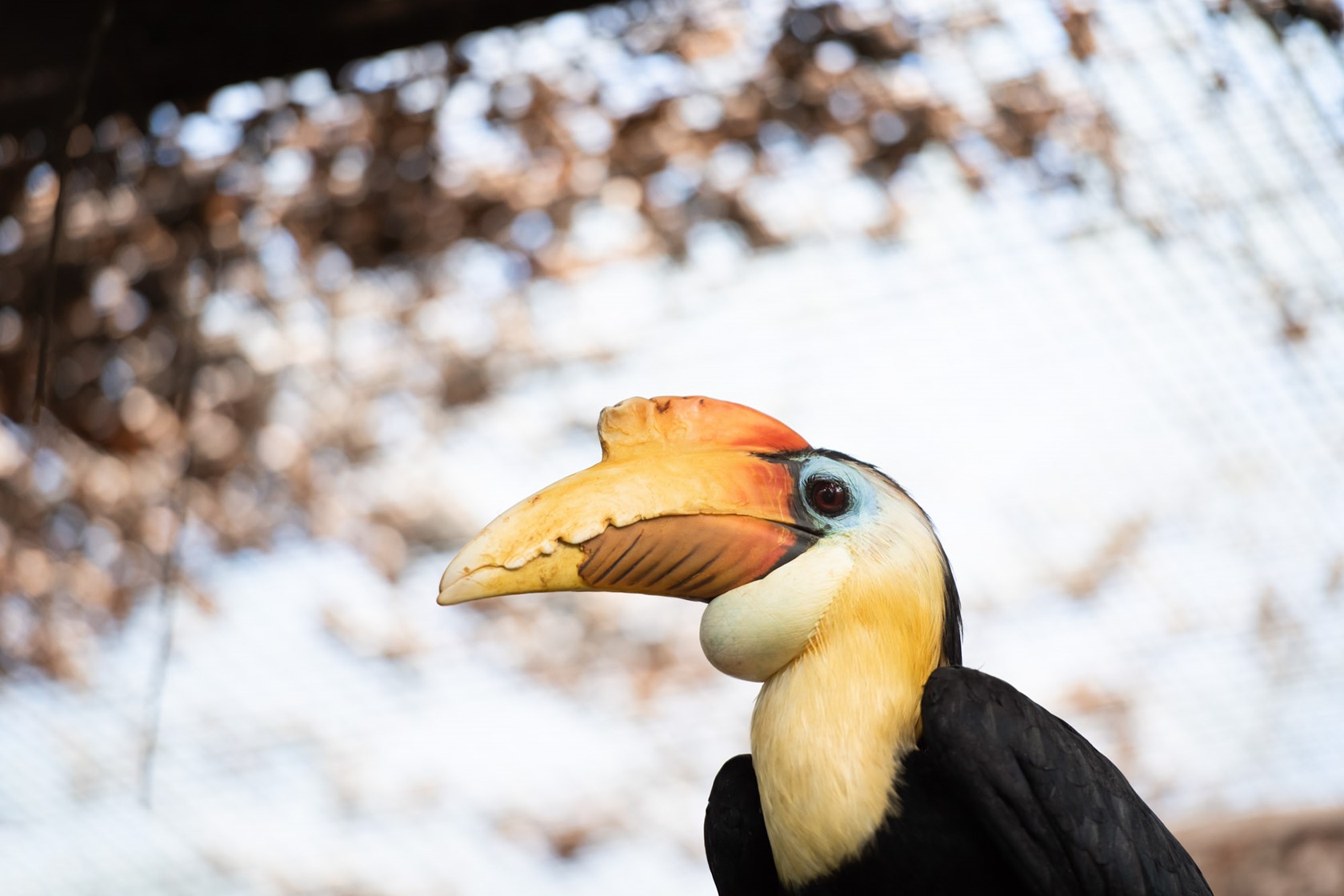
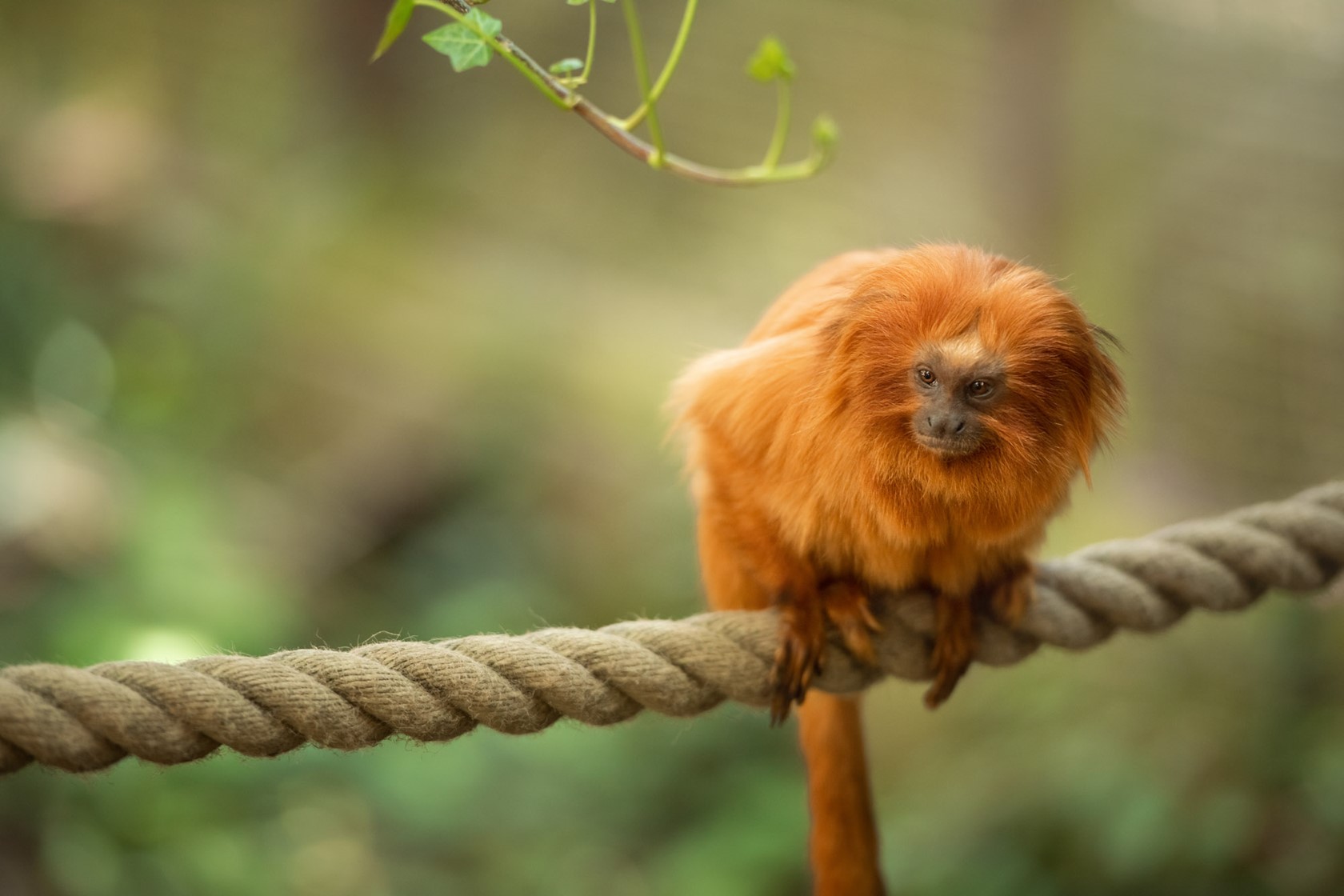
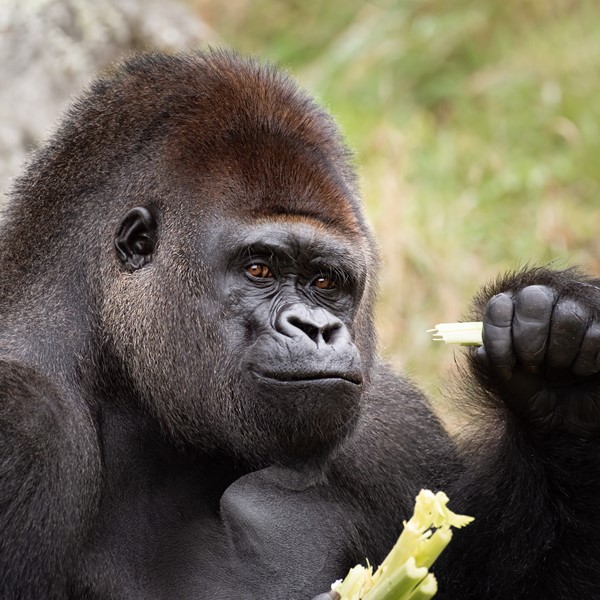 Mammals
Mammals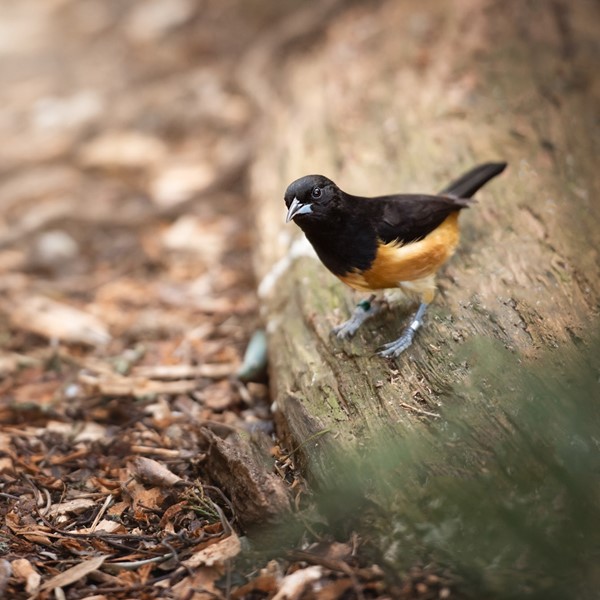 Birds
Birds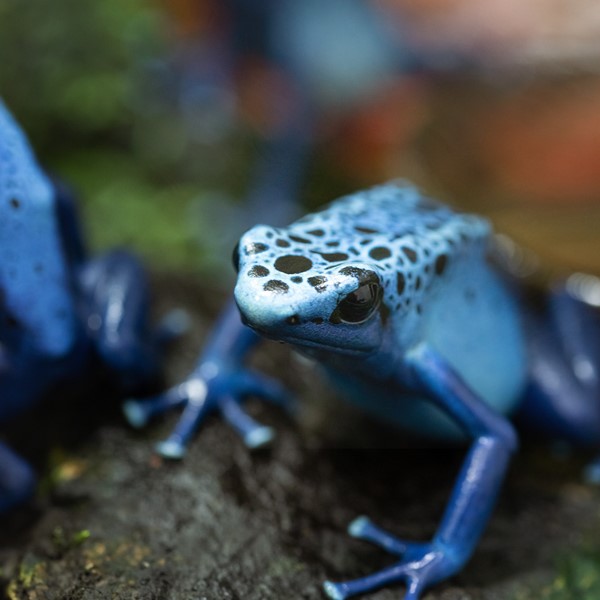 Amphibians
Amphibians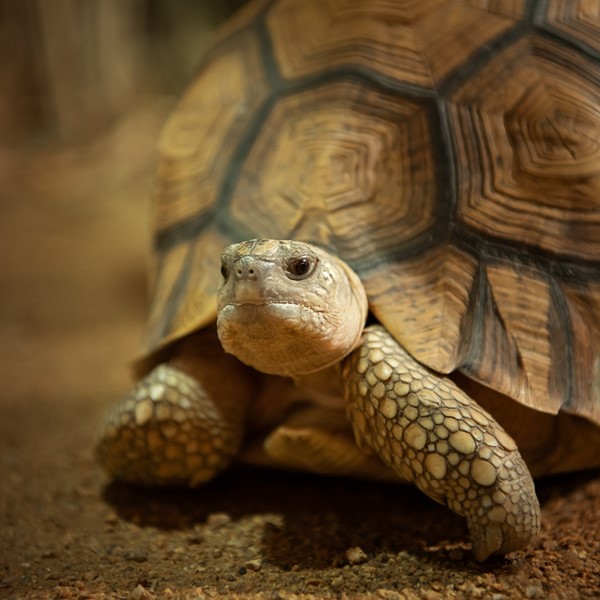 Reptiles
Reptiles

